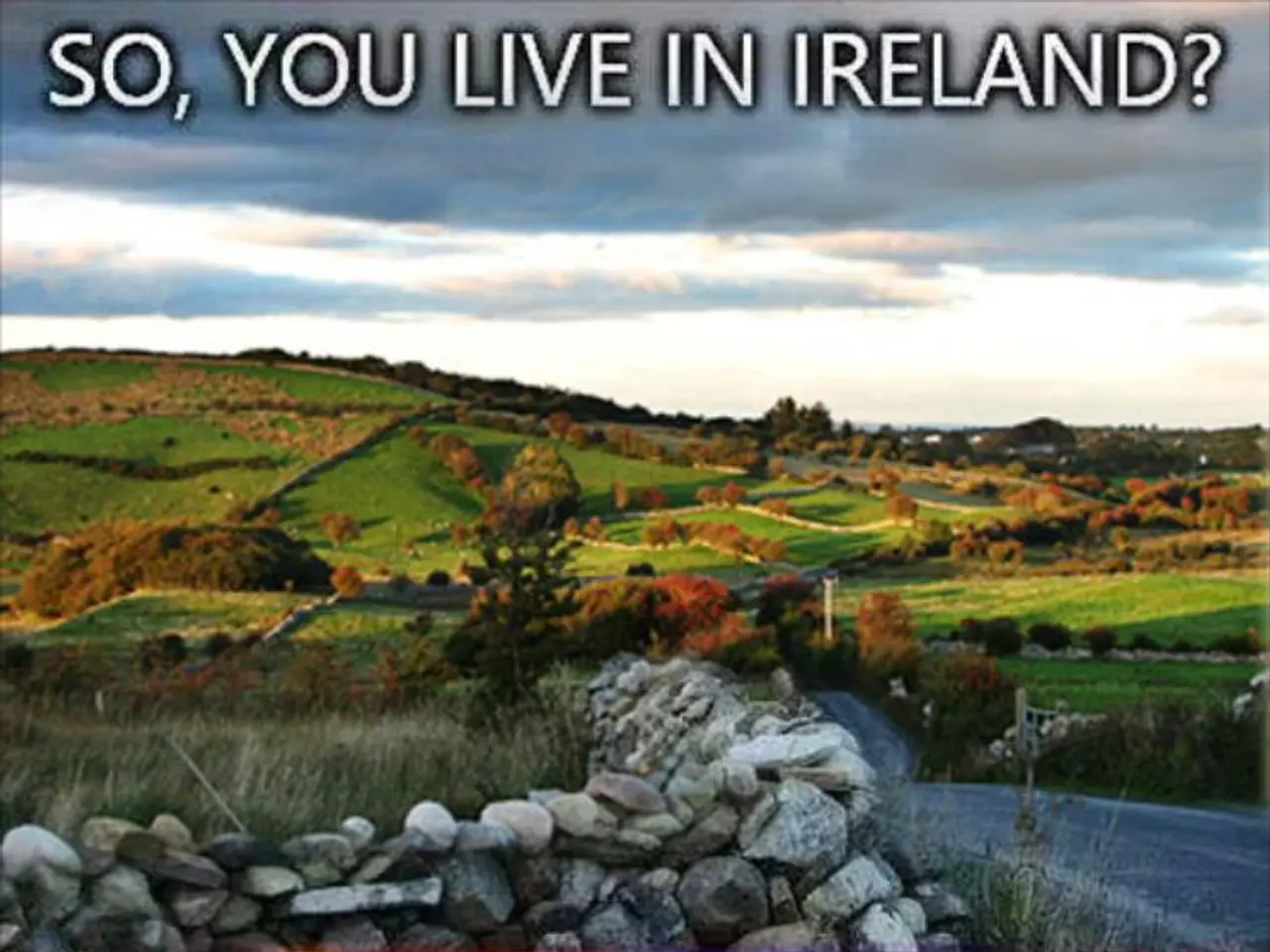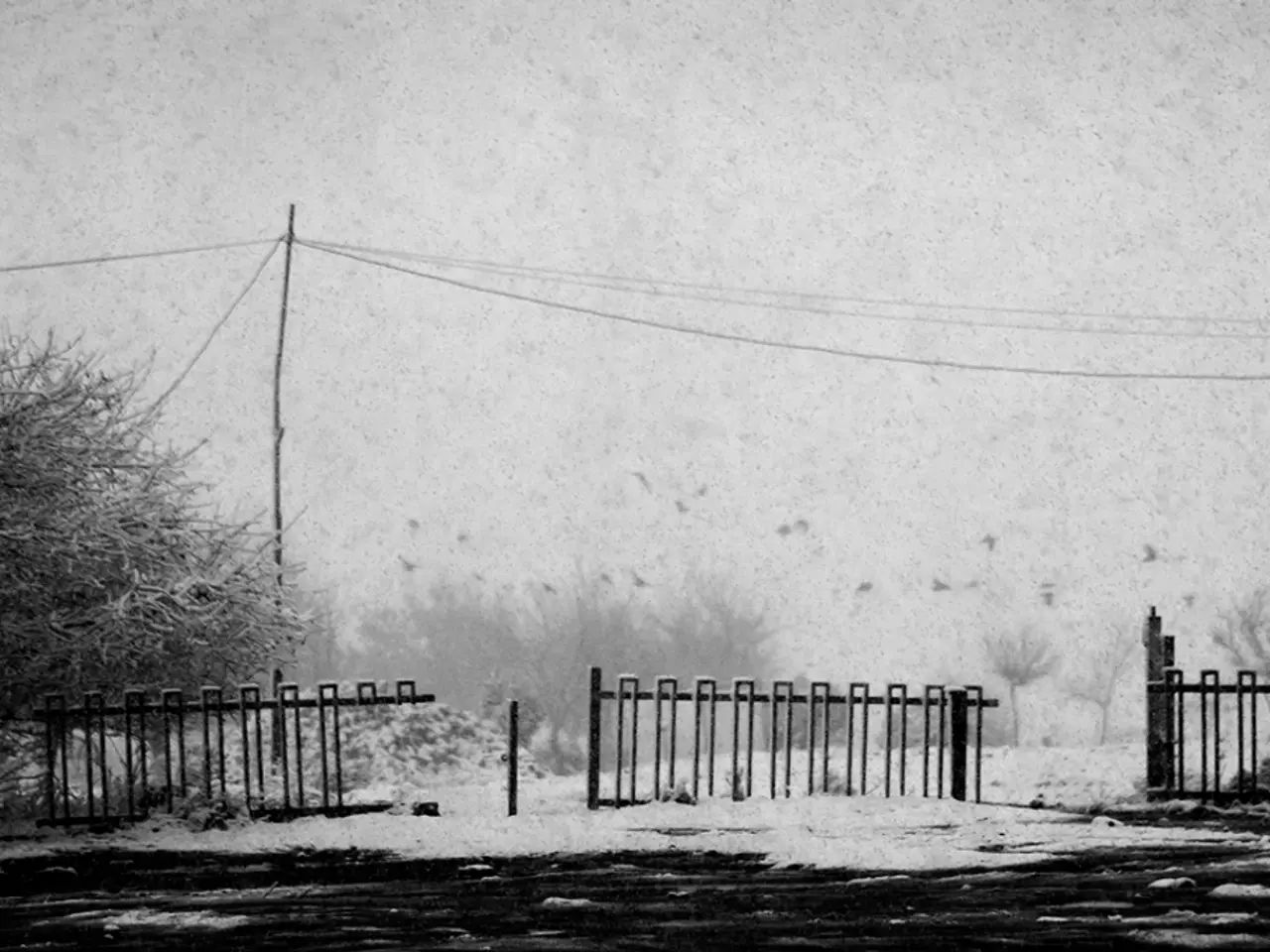Wildfire smoke from Canada drifts towards the Midwest, triggering air quality advisories.
The wildfires burning in Canada have spread smoke across the Midwest and Northeast United States, causing significant air quality issues and prompting health advisories for sensitive groups.
The EPA's Air Quality Index (AQI) converts all pollutant levels into a single number, with lower numbers indicating better air quality. However, for the past few days, the prolonged stretch of smoke particulates towards the surface has caused the AQI in a large swath of Minnesota to reach the red or unhealthy category. This trend has also been observed in Wisconsin and Michigan, where the AQI is expected to remain in the red or unhealthy category.
According to Joe Strus, a meteorologist with the National Weather Service in the Minneapolis-Saint Paul area, the smoke from the Canadian wildfires has settled closer to the surface, causing widespread reductions in air quality across the Upper Midwest through the Great Lakes and into the Northeast corridor. As a result, air quality alerts are in effect in Iowa, Minnesota, Wisconsin, Michigan, eastern Nebraska, parts of Indiana, and Illinois.
The smoke is so thick that it has caused low visibility delays, such as a ground stop at Boston’s Logan International Airport on August 4, 2025. The alerts correspond to AQI levels categorized as "Code Red" or "Code Purple," signaling unhealthy to very unhealthy air conditions, which pose health risks, especially to sensitive groups such as people with asthma, lung disease, heart disease, children, older adults, pregnant women, and others.
Health officials advise people in these groups to avoid prolonged exposure to smoke and limit strenuous activities. The smoky skies are expected to persist for much of the day, and Canadian environmental officials predict that the smoke from the forest fires will persist into Sunday for some areas.
The smoke from the Canadian wildfires could spread as far south as Tennessee and Missouri, affecting several Midwestern states on Saturday. According to the Switzerland-based air quality monitoring database IQAir, Minneapolis has some of the worst air pollution in the world since Friday, with parts of Minnesota exceeding 150 on the AQI on Saturday.
The AQI is a system used to communicate air pollution levels, with six categories ranging from "good" to "hazardous." Anything below 50 is classified as "healthy," while 100-150 is unhealthy for "sensitive groups." The ongoing wildfire smoke is a reminder of the importance of monitoring air quality and taking precautions to protect public health during times of poor air quality.
References
[1] The New York Times
[2] CBS News
[3] The Weather Channel
The ongoing wildfire smoke has raised concerns in several fields, particularly in the realms of environmental science and meteorological weather studies. As a result of the smoke from the Canadian wildfires, the AQI in various parts of the Midwest and Northeast United States has reached unhealthy levels, indicating poor air quality, especially for sensitive groups. This phenomenon has necessitated the development of strategies and measures to manage the impact on public health and the environment.








